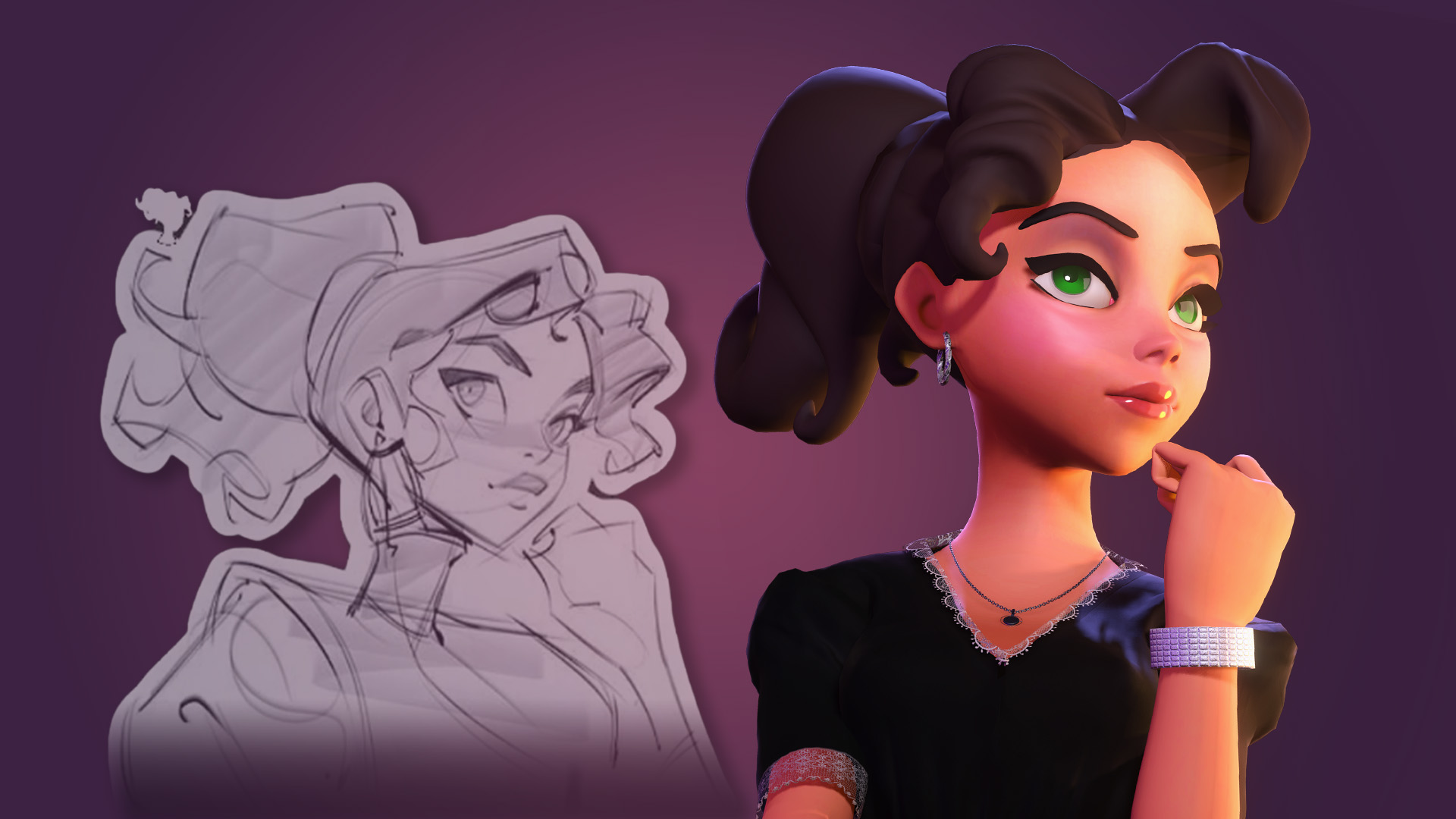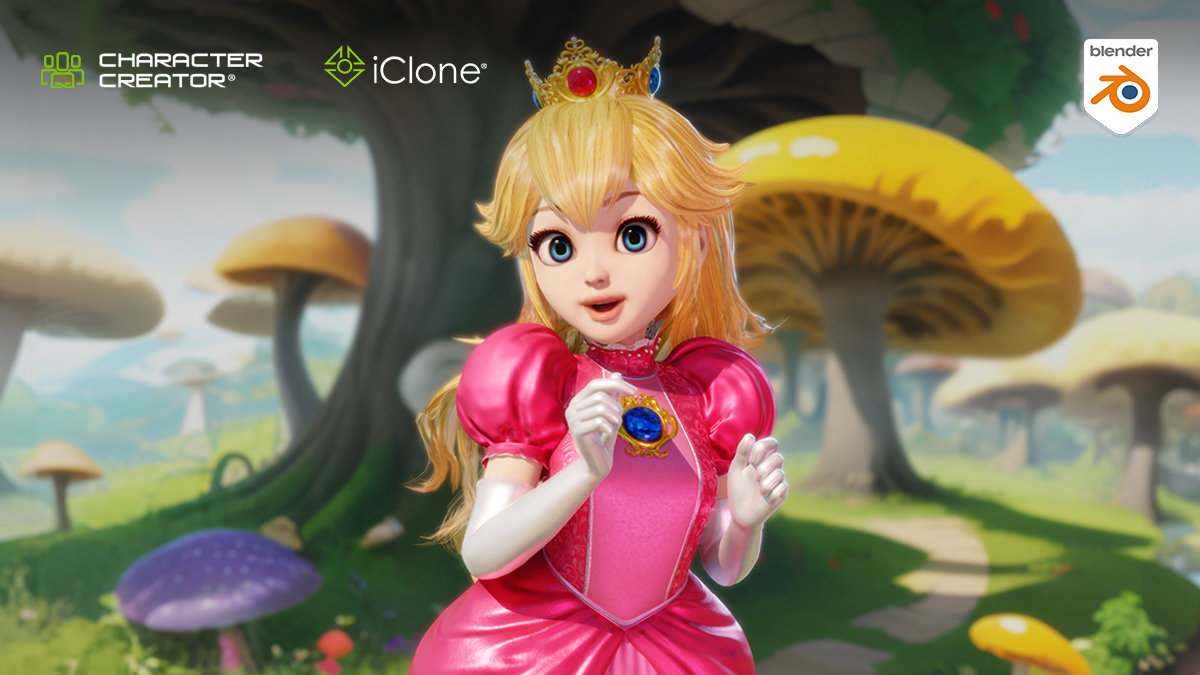
Brian Clarke
Brian Clarke is a solo independent game developer focusing primarily in the horror genre with a 13 year history working at game studios like Trion Worlds, EA, and Disney Interactive. Brian aims to bring his experience in the field to solo development.
Starting out as a terrain artist at Mythic Entertainment, Brian spent his AAA game career working as an artist and manager through many different projects.
After achieving many of his goals in the AAA space, he decided it was time to build something of his own. Brian taught himself to program in C# and set out to make his own projects with a long term goal of creating a small independent studio.
His next project is The Mortuary Assistant where the player assumes the role of a mortician in training. While performing the normal tasks around the mortuary, strange things start to happen. As time goes on, we learn the player is in the process of being possessed and must identify which demonic entity is lurking within the mortuary.
In this game project Brian utilizes pre-rigged characters made with Character Creator to generate a number of animatable characters. He also utilizes iClone‘s animation tools for both protagonists and none-playable characters.
“Being able to change everything about your character in real-time saves on a lot of guesswork. You can really make some amazing stuff that is fully functional, quickly with these Character Creator tools.”
Brian Clarke – Solo Indie Developer
Q: Greetings Brian, and welcome to our Reallusion Feature Stories. Please share with us your journey from a AAA Studio Artists to a Solo Indie Developer. What was it like working with renown studios?
So I started out going to school for video game art and design, but about two years into the program, I posted a level design final project online where some environment artists from Mythic Entertainment saw it and reached out to me about a position. I took an art test and was hired early out of school. I then spent the next 13 years going from studio to studio working in various art, lead, development director, producer, and art director roles. I actually have a YouTube video that explains how I got into AAA game development.
Working at AAA studios is vastly different from solo indie development and I loved it just as much as solo dev. Just in a different way. You are a piece in a much larger game building machine, working with so many talented and passionate people that you are instantly part of a community of like-minded, awesome game developers. You feel at home and instantly surrounded by friends in a setting where you are paid to do what you love. However, there can also be some sticky things like multiple lines of management, investors, interoffice politics, and other aspects of large studios that sort of keep you working in one space. No studio is the same, obviously, but you are hired to do a specific job for the most part. It’s a fantastic experience that I would love doing again any time but you also don’t get the freedom you do working on your own.
Q: As a solo developer you are forced to wear many hats. What would you say is the most challenging, and the most rewarding part of doing everything yourself?
I think a lot of people might believe programming is the hardest aspect but it was actually really fun to learn. I’m not great, but I can make my games and so can anyone else. The real challenge that I’ve faced is the social side of developing your game. There is no shortage of technical hurdles working on your own, but actually marketing your game and getting people to notice it is a constant grind that has nothing to do with the actual development of your game. It can be draining. With email lists, social media, content creators, press releases, websites, and more that will mostly ignore you. The list goes on forever of things you need to keep on top of when you are fighting to be seen. Hammering out a game idea has its challenges but the real work comes outside of development because you are the developer, publisher, and PR team.

However, the feeling you get when someone plays your game and enjoys it is beyond anything I’ve felt in my career. Launching a game is great and has its own feeling of accomplishment but it comes with lots of stress and there are daily feel good moments like programming all day and seeing a new mechanic work in game, making a cool piece of art and then interacting with it in the world. But the best reward is seeing actual fans of your game! Something you built from scratch that someone says they truly enjoy when it’s all on you, has a feeling beyond normal studio development.
Q: When did you learn about Reallusion tools? And what convinced you of their utility for indie game development?
I started full development of The Mortuary Assistant after the successful prototype and began to expand on the concept. I wanted the player to perform embalmings and do a lot of tasks that actually take place around a mortuary which meant I needed multiple bodies for cadavers. This, in addition to the player character and other story related characters, meant I needed a solution for making a lot of character models. I had started modeling and sculpting one of the bodies when I took a moment to assess the timeline it would take to create all of this art, rig it, and animate it. The time it would take to create everything was unacceptable. I don’t have the funds to hire a character artist and animator either so I had to look for a better solution or scale back the design.

I started searching for character creation software figuring the tech has had to have advanced from the software I had used for the prototype. I actually started talking about it on my Twitch developer stream and browsed for solutions live with chat. That’s when I found Character Creator and was blown away by the quality and speed I could create unique and high quality characters. Part of my struggle is that I’m a bit of a stickler for visuals coming from an art background so I needed something that would still reach the visual bar I was aiming for. So I needed something that would make great looking characters, be easy to rig, animate, and bring into game. That is a very tall order.

“Character Creator provides some fantastic looking characters that are fully rigged and ready to animate with facial blend shapes. I was able to create my first set of 5 characters all within a week. All ready to be used in game. This all sold me instantly and the cost compared to hiring a character modeler, rigger, and animator is incomparable.”
Brian Clarke – Solo Indie Developer
For some perspective, a single character model can potentially cost a thousand dollars or more for the art alone and that’s before hiring someone to rig the model and then hire an animator. You can potentially be paying thousands of dollars for a single functioning character of higher visual quality. Reallusion tools instantly checked all my required boxes. It saves tons of time and money for an indie developer like myself.


Q: Kindly share with us your workflow on character development with Character Creator software. What do you feel are the advantages of using real-time software like this?
For the bulk of my needs on The Mortuary Assistant, I will usually start with a base character from the digital human pack and then customize using the plethora of sliders, skin details, and sculpting tools to build what I am looking for. I’ll then convert to a game base mesh and bring it into Unity. Sometimes, I’ll make a stop in Substance Painter to do some custom texturing on top. I’ll also bring in any clothing or unique assets I’ve created for the model and attach them.

For special characters, I will take the same base mesh and adjust it like before, but then bring it into ZBrush where I can sculpt on top of it and create a new high-poly. After the standard high-to-low process, I bring it back into Character Creator and this is where some real magic happens. Because you’ve used the character creator base, your new model is still fully rigged with working blend shapes. So the amount of time this saves for a unique model is amazing. No need to rig or make a million facial variants. This also allows me to pose my character in iClone any way I want, or use any of the preset poses that help me find any issues that may happen with clothing or other props.

Q: Being a solo indie developer with a strong background, what would be your advice to other developers that look up to your work, and wish to follow in your footsteps?
Stay focused on a plan. Obviously, things change in development. You always need to cut back or add to certain aspects of your project but any time I am starting to feel lost or lose motivation, I build an updated schedule or punch list. It doesn’t have to be a strict one that stresses you out with deadlines but atleast one that gets your plan out on paper. Having a set of smaller goals gives you something to aim for that all move towards a final product. It also makes you feel accomplished and rewarded when a goal is met. If I lose focus, then I step back and take a high level view of my project again.

Lastly, I’d say focus on your indie game over promotion during development. Promotion is a big beast that has to be tackled. It’s important to constantly be building a mailing list and other contacts but I think a lot of indie devs feel they need to share every single bit of development with constant screen shots, dev blogs, and more which is stressful on top of already making a game. Personally, I feel promotion is best as a slow drip during development to keep people interested, build wishlists, etc. and then a fire hose as the project is being polished. Always share something when it’s cool and polished looking but don’t give in to the need to constantly overshare for the sake of exposure.

I think gaming audiences enmass are more blown away by polished gameplay shots and footage than grey box in-progress work. It’s hard to not want to feel relevant and constantly in the minds of the audience, but I’d say keep laser focused on your project and the goals for it. You’ll get content to share as the project matures. Best of luck to all fellow devs out there and thank you so much for the chance to chat!

Follow Brian’s DarkStone Studio:
Website: https://darkstonedigital.com/
YouTube: https://www.youtube.com/channel/UCLW3-wJ5le91XDe9iGTrpzQ
Facebook: https://www.facebook.com/gaming/DarkStoneDigital
Twitter: https://twitter.com/DSDigitalDev
DSD community Discord: https://discord.gg/MSQTWWm




